
Two years ago, Rachel Morrison made history when she became the first woman to be nominated for Best Cinematography at the Oscars. By no means does that imply Mudbound's wondrous DP is a pioneer. There are many awards-worthy female DPs working in cinema, past and present, and the Academy's sketchy record should be understood as nothing more than the industry's internalized sexism and biases. Where were the nominations for Maryse Alberti, Agnès Godard, and Ellen Kuras, among others?
This year, critics have been united in their praise of a particular DP whose double dose of photographic genius could make History, just as Morrison did in 2018. However, Claire Mathon is fighting against even more of the Academy's treacherous biases, including their disinterest in African cinema, LGBTQ stories, and non-English speaking narratives…

First up, we have Mati Diop's Atlantics, a Best International Feature finalist for Senegal and one of the most audacious genre experimentations of the decade. This ghost story of migrant precarity and female oppression starts with a perfect shot of urban development crushing the smallness of the human lives that work on it, and it only gets better from there. Whether she's pointing her camera at the crashing waves of the Atlantic or peering at bodies intertwined on a last embrace, Mathon's work is always a marvel of naturalism transformed into poetry.
The dual quality of her lensing, both tethered to a material reality and interested in lyrical imagery, makes the film's cinematography a mirror of the script's tonal plasticity. A moonlit landscape can be photographed like a postcard of urban turpitude one moment and become a fantasy land of vengeful spirits the next with just a slight change of focus. It never feels incoherent, but rather organic, fluid in a way that's only possible when the magic of cinema is being conjured by master filmmakers.
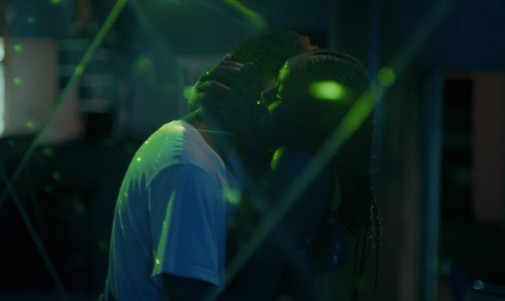
Still, even with nightly gravedigging and fiery wedding parties, the most visually astounding parts of Atlantics are the interludes in a beach bar. In there, the walls are mirrors were the dead can see their true faces and the lights paint black bodies with neon stars. It's a space that invites dreamy reverie and the eroticism of dancing lovers and Claire Mathon shoots it all with an eye attuned to its sensorial possibilities. It's spellbinding and Oscar-worthy, no doubts about it.
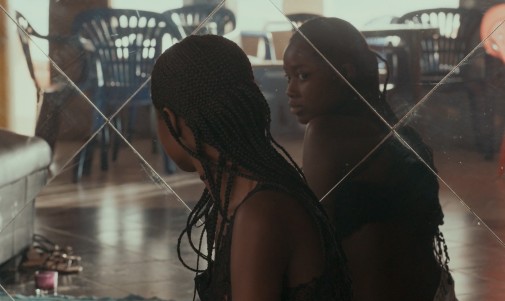
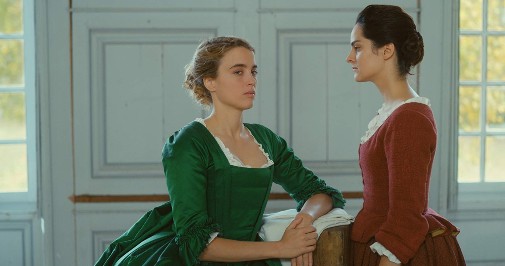
Céline Sciamma's Portrait of a Lady on Fire is a horse of a very different color. While Diop's film weaves magic out of realism, this 18th-century lesbian romance is a study on the inherent eroticism of looking. Its images are never particularly natural, always heightened by a painterly staginess and the hot desire coursing through its protagonists' veins. Pardon the cliché, but it looks like a collection of moving paintings.
The painterly quality of Portrait of a Lady on Fire is thematically necessary, too. The story might be of two lovers, but only one of them is showing the audience the way to look at this world. Noémie Merlant's Marianne is a portraitist whose latest project blooms into an unexpected romance. If Atlantics conveyed a point of view closer to atmosphere than to character, Portrait of a Lady on Fire is all about the subjectivity of the eye that beholds.
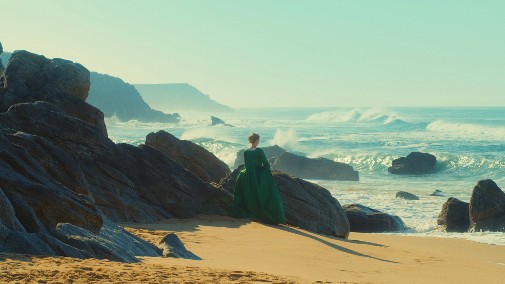
The film submerges the audience in the observations of a woman falling in love with another, teaching us how to regard someone else, not just as a painter but as an enamored devotee to a body and mind. The experiment is intoxicating and full of feeling, the power of its images and saturated colors rubbing against the period restrictions and compositional rigidity of every tableau. If there's ever been a cinematographer capable of making the process of falling in love into a cinematic language, that's Claire Mathon.
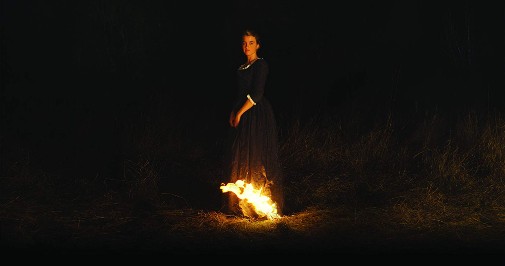
As Oscar voting closes, we dearly hope Mathon's work will be given appropriate consideration. That said, which one of her two masterpieces would you nominate if you had to choose just one?